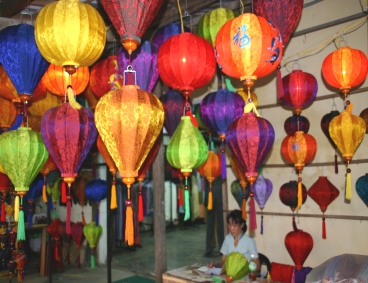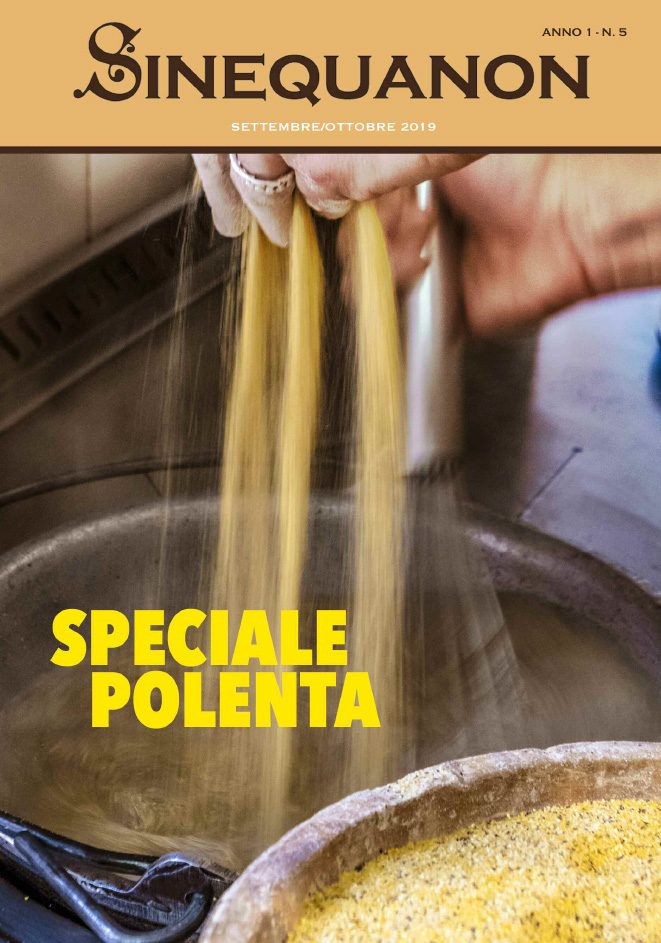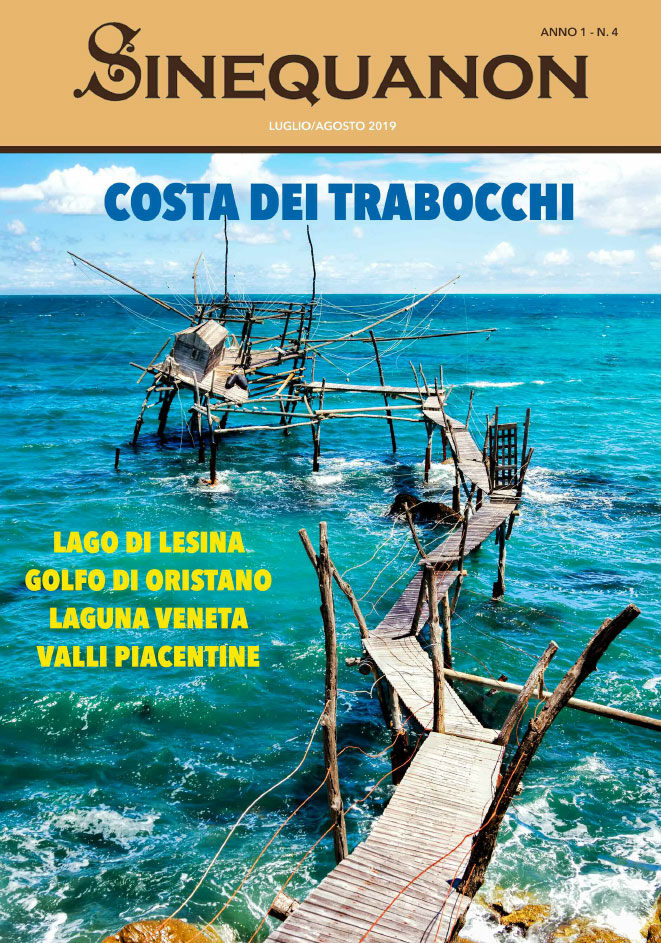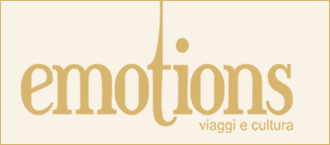Text and Photos by Pamela McCourt Francescone
Vietnam is the first country to successfully use an innovative technique of acupuncture. It is called cat gut embedding and has many advantages compared to the age-old technique of using needles. This new method consists in inserting tiny filaments of synthetic cat gut under the skin in the points traditionally used by acupuncturists. ?It is painless, safe, fast and inexpensive and in the last few years some 15,000 patients have been treated for a hundred or so different pathologies,? explains Doctor Tran Thanh Huong, one of a small group of doctors who practice this method in Hanoi.
Acupuncture is the most practised branch of Traditional Chinese Medicine (TCM) in the West where it was introduced at the end of the 1800s by Georges Soulié de Morant, a young French consul on his return from the Chinese province of Yunnan. The technique used in Italy, and all over the world, is that of inserting very fine steel needles into particular points of the body with the aim of modifying the energetic flows which travel along the 14 meridians identified by Chinese doctors over a thousand years ago.
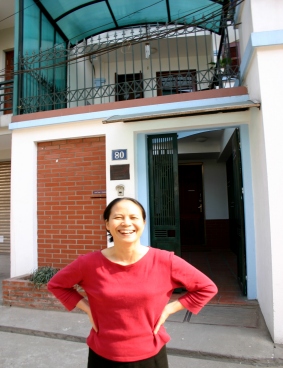
Doctor Tran Thanh Huong, who is petite and has a bubbling personality, specialised in rheumatology in France and in traditional medicine in Beijing and Vietnam where she worked for 16 years as head of the Department of Internal Medicine in the Vietnam National Hospital of Traditional Medicine and for 7 years as lecturer at the Bac Thai University. Then came the decision to open her own practice.
?My husband Tien, who is also a doctor and at present an executive-consultant with the United Nations? World Food Program in Pyongyang (after two years spent in Rome), had gone abroad and in order to spend more time with my two sons, I decided to open a practice at home.?
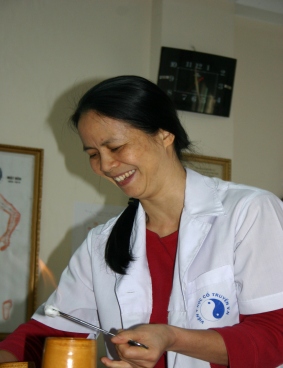
According to the rules of TCM the wellbeing of a healthy body depends on the balanced circulation of Qi along the meridians. In ancient times doctors were paid to keep patients healthy and so in the beginning TCM was eminently preventive, but then down the centuries it acquired therapeutic and curative connotations.
?It was a Vietnamese colleague of mine, Doctor Le Thuy Oanh, who developed a tiny needle which makes it possible to insert the filament under the skin, something which up to then required minor surgery. Once the cat gut (produced in sterile conditions by an American company) is under the skin our body recognises it as a foreign body and starts to fight it, stimulating the blood flow in the area. It is like having constant acupuncture. In 2-3 weeks the thread has gradually dissolved and been absorbed by our system.?
Huong uses cat gut embedding for an amazing range of illnesses and conditions, from asthma to various forms of allergies, eczema and headaches, various kinds of pain, nervous disorders, many types of disfunctions and even in curing obesity.
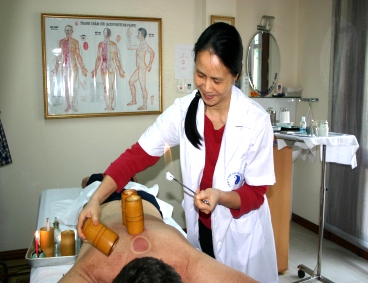
?The Qi which runs along the meridians nourishes our tissues and the embedding, like acupuncture, can help to correct imbalances due to illness or to a bad life style, promoting natural therapeutic healing, improving the functions of our organs, stimulating our nervous system and freeing precious chemical substances in the muscles, spinal cord and brain. These chemicals can change the experience of pain and trigger the release of other chemicals and hormones which influence the body?s internal regulating system, stimulating our natural healing power, promoting physical and emotional well-being and, in many cases, acting as prevention against disease.?
?Two other methods I use are moxibustion and cupping. Moxibustion, which was unknown in the West up to some years ago, consists of heating the areas of the skin above the acupuncture points or along the meridians by burning artemisia (Arthemisia vulgaris) powder contained in small cones or long cigars which are left to smoulder over the point, resulting in a cutaneous erythema. I use moxibustion for those pathologies dominated by cold and damp, like the common cold, and for cases when there is a marked stagnation of Qi.?
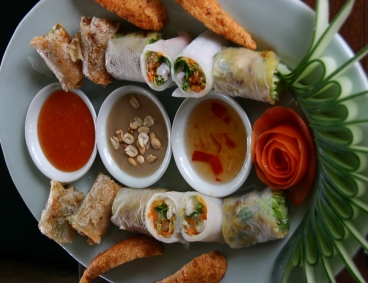
Cupping is another very ancient technique which modifies the energy and re-establishes the body?s natural balance. It consists of applying glass or bamboo cups to the acupuncture points. ?I introduce a flame into the cup for a few seconds to create a vacuum. Then I place the cup on one of the acupuncture points and leave it for a few seconds or, in some cases, even for a few minutes. The skin become congested and then I press and massage it. I use this method for pain control, for example for back pain, but also for asthma and coughs and it can be used in conjunction with embedding and moxibustion.?
Many of Huong?s patients are ex-pat residents living in Hanoi who suffer from chronic problems which have not responded to traditional western medicine. And for many, like Robrecht from Amsterdam, it is their first experience with TCM. For years Robrecht tried to identify the cause for his recurrent allergies. ?I heard of Dr Huong from a friend who works in the same office. She helped him cure his chronic low back pain. I had two implants four and three months ago. My allergies began to diminish a week after the first implant and now they have completely disappeared.?
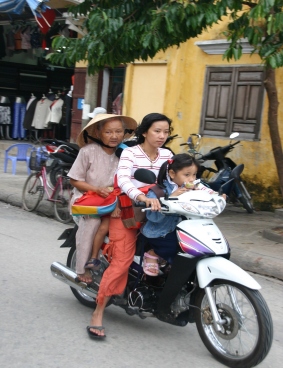
?When my patients begin to see improvements, usually after two or three treatments, they adopt more balanced and healthier eating habits, start to take more exercise and generally veer towards a style of life closer to that of the Vietnamese people.?
For the Vietnamese the fundamental rules for a healthy life are to maintain a harmonious balance with nature, carefully dosing the hours devoted to work and those devoted to relaxation and rest, as well as a balanced diet. ?According to our traditions and customs we follow the natural ?organ clock.? We get up early, between 5 and 7, and immediately get into contact with nature, either by exercising, practising a sport or talking a good walk. These are the ?large intestine hours? during which this organ reaches the peak of its activity which means purification, physical activity and discipline. Then 7 to 9 are the ?stomach hours? and we eat a nutritious breakfast, while the best time for dinner is between 5 and 7 in the evening the so-called ?liver hours,? after which you should not eat any more food, but take some gentle exercise like a walk so as to store the maximum amount of energy for the next day.?

